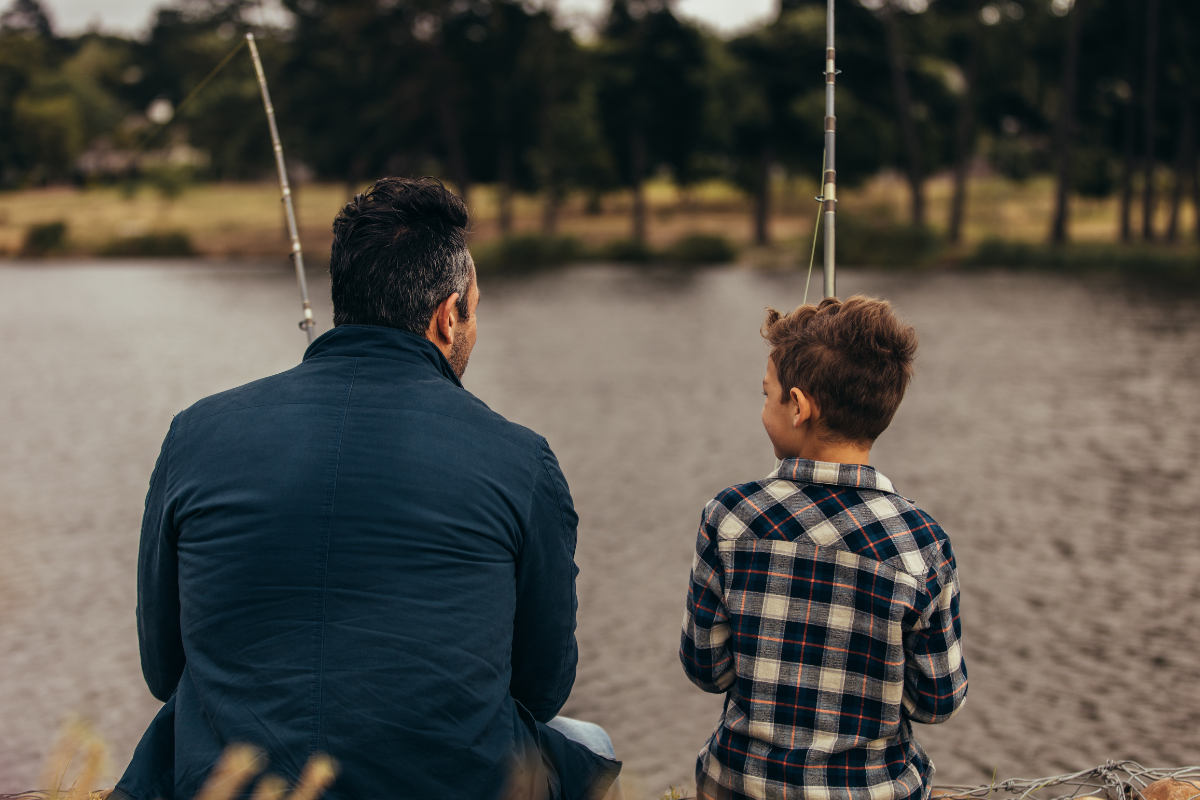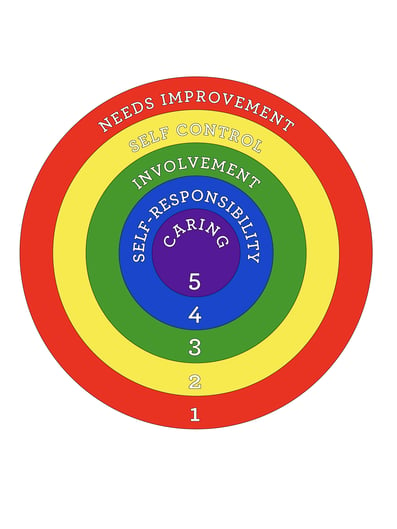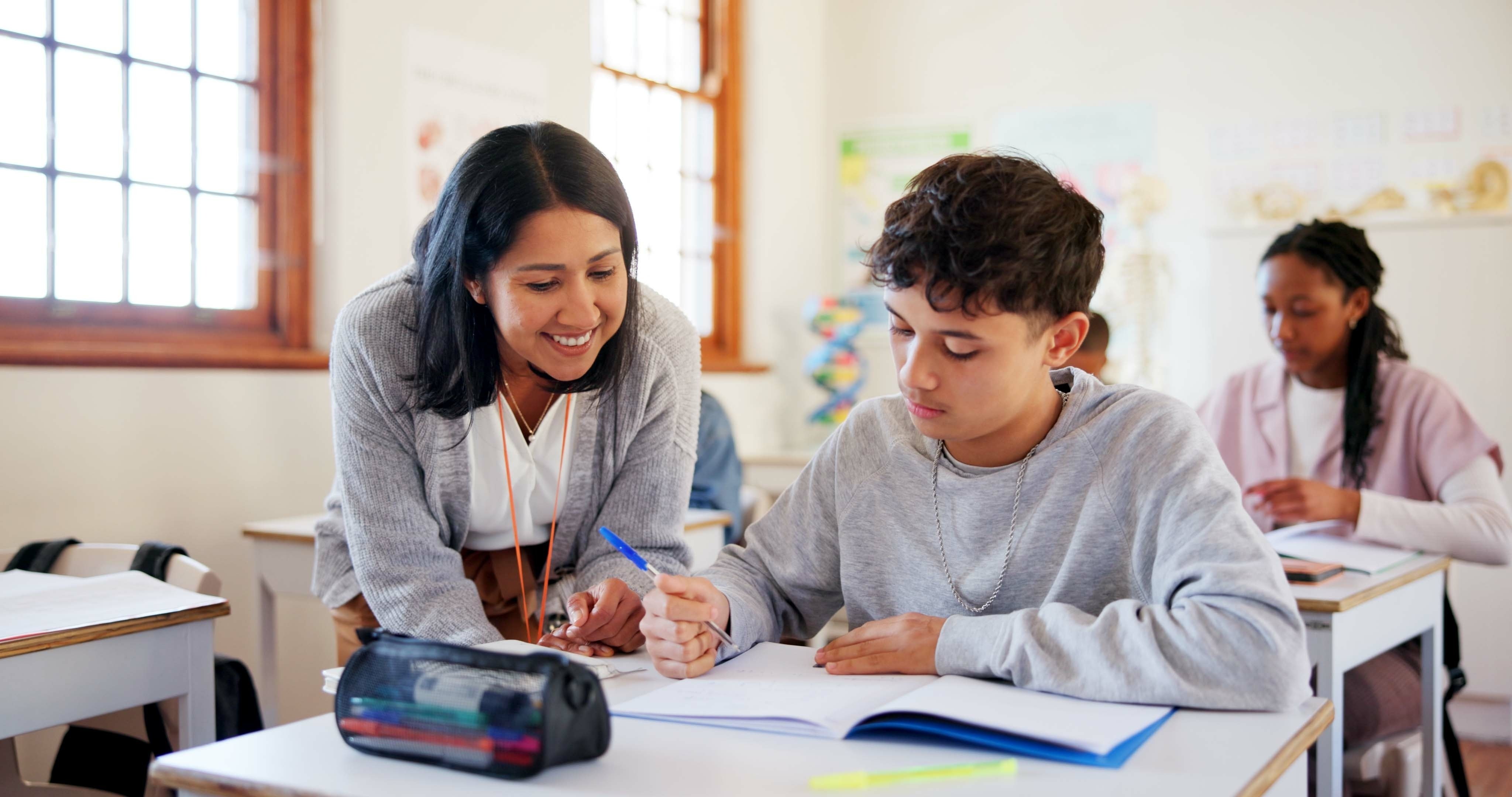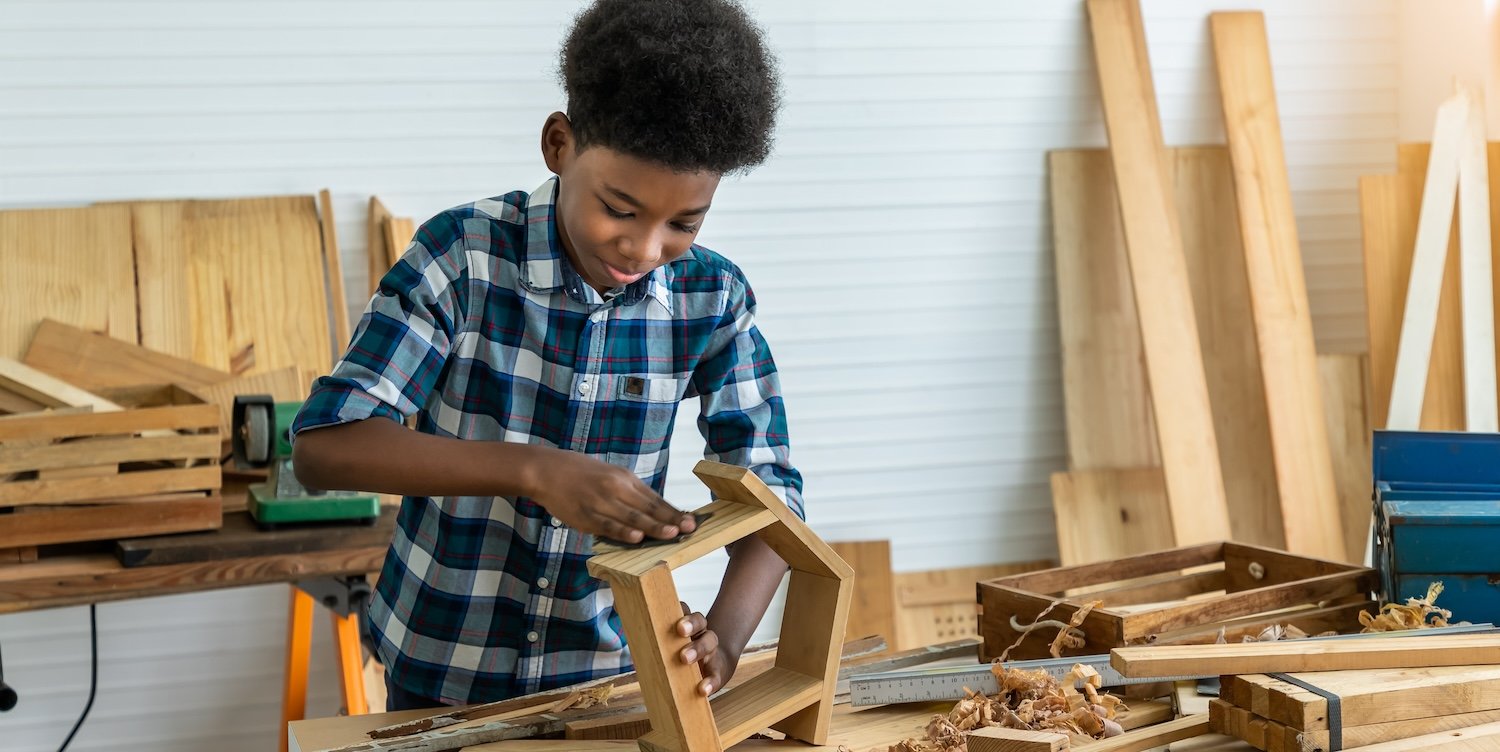Raising Responsible Boys

It is often said that it takes cooperation between parents and teachers for children to thrive. Having a consistent system in the home and at school that teaches children personal and social responsibility is effective in helping children understand expectations which leads to a feeling of security. The goal for us as parents is to teach the skills so that responsibility becomes intrinsic and executed automatically.
Skills that allow for good self-management should be taught to children as you would teach a physical skill. You wouldn’t assume your 16-year-old son knows how to drive a car unless he is shown how to do so and practices. Similarly, you can’t assume your son knows how to be organized or how to have good study skills. He needs to be shown what to do, to practice the skill, and to live it. Skills need to be learned through practice and repetition until they become habit.
Once a child is given the tools to understand the skill, he can then be held accountable. He will need reinforcement when he does well and understanding when he does not. When self-management is viewed as a set of skills to be taught and practiced, then it is much easier to have empathy for children who do not perform well. Some children will perform self-management skills incorrectly, just as some students make mistakes when performing physical skills. A focus on correcting self-management problems by practicing the skill is much more constructive than lecturing a child for not doing things according to expectations.
Where to Start
Teaching appropriate behavior, whether in the home or the classroom, begins by developing rules and consequences, establishing efficient routines, shaping acceptable behavior, setting clear, high expectations, being attentive and active, and addressing unacceptable behavior. These steps offered by Pangrazi and Beighle, will determine a parent’s success and a teacher’s effectiveness in managing a child’s behavior.
Techniques for Teaching Responsibility at Home
- Develop rules and consequences: Begin by establishing 3-5 rules for your son. Create efficient routines for bedtime, chores, video games, or homework, for example. Be enthusiastic about the rules and show him how important they are to you.
- Deliver concise directions and address issues: Organize your child’s activities, along with the efficient transition from one activity to another. While we may find it easy to take a break to look at our phone or the TV and get back to our required task, this transition can be much more difficult for boys who haven’t established that self-discipline.
- Set clear, high expectations: Communicating what we expect creates an orderly and structured environment in which your child can be productive and safe. Be attentive and shape acceptable behavior by giving positive feedback and providing positive reinforcement. It is also important to model expected behavior by participating and demonstrating when appropriate.
- Finally, reflect: We can’t expect to do these things, and everything will work out. We know each boy matures in his own way. This requires us to be adaptive to how he responds to these techniques. What did I do? Did it work? What could I do differently next time to get a better outcome?
Author and educator Don Hellison believed that physical education teachers have a unique opportunity to nurture personal and social responsibility in children. He developed the classroom behavioral system, Teaching Personal and Social Responsibility Through Physical Activity, that can be easily adapted for parents. Hellison’s Levels of Responsibility defines five levels of increasing personal and social responsibility. Teaching a physical education skill – such as playing catch or how to hustle – is the same process as teaching responsibility; it has to be shown by breaking it down into separate steps and practiced before it is mastered. In the space below, we explore Hellison’s Levels of Responsibility and his suggestions for implementing them with students.
Levels of Responsibility
It is important to note that this system is not a discipline system.

- Irresponsibility (Needs Improvement):
The child is unmotivated and undisciplined. - Self-Control: The child controls his behavior enough that he does not interfere with the rights of other family members to live in a peaceful environment.
- Involvement/Participation: The child shows self-control and is involved in the activity.
- Self-Responsibility: The child takes responsibility and can work without direct supervision, eventually taking responsibility for his intentions and actions.
- Caring: The child extends responsible behavior by cooperating, giving support, showing concern, and helping.
How to Use Levels of Responsibility at Home
-
Explain the system. Spend less than 10 minutes. Post the Levels of Responsibility chart in a common area. Use the levels of responsibility language for consistency.
- Provide examples of the levels of behavior and how they will be used. For example,
“Wow, Ryan, you are participating safely on your own, that’s being self-responsible.” or “Wow, Ryan, you didn’t retaliate when your sister took the last cookie, that is showing self-control.” - Consistently refer to the levels of responsibility when observing behavior. Always use the language used in the posted signs.
- Catch children using the higher levels and express your appreciation publicly. Let others hear your praise.
- Address Level 1 behavior privately. Briefly discuss the current level of behavior and the level that should be attained.
- Provide examples of the levels of behavior and how they will be used. For example,
-
Model desired behaviors
- Demonstrate your beliefs and values. Your children are watching and learning from your practices.
- Treat children with respect and dignity.
- Deliver consequences privately.
- Avoid sarcasm.
-
Deliver reinforcement
- Provide specific feedback about behavior. Don’t give empty praise: saying “Good job!” is meaningless. Be specific: “Ryan, I love how you remembered to feed the dog when you got home from school.” or “Ryan, I appreciate that you put your dishes in the dishwasher without having to be reminded.”
- Use rewards sparingly. Remember the goal is to make responsible self-management automatic. You use turn signals because it is how you drive responsibly. Self-management skills don’t rely on rewards.
The management of a child’s behavior is a “pay me now or pay me later” proposition. It is an ongoing process. The time you spend now managing your child’s behavior is time well spent. Effective self-management systems tend to cause disruptive behavior to self-eliminate and allows for increased productivity. Most children enjoy and appreciate a home and learning environment that is organized and efficient allowing for the maximum amount of time to be devoted to learning. Being able to see his own growth is a rewarding benefit that will give your son pride as well as the confidence to manage anything.
Mr. Bill Jones, the Donald C. Molten Chair in Athletics, directs University School's physical education program for the junior kindergarten to grade 8, where he incorporates self-management skills into the curriculum. He joined the US faculty in 2003 and received his master’s degree from the University of Arkansas and his bachelor’s degree from Centenary College of Louisiana.


%202.jpeg)
